Nollywood: The Rise

The Foundation
The term ‘Nollywood’ was first coined by New York Times journalist Norimitsu Orishi in 2002 when he observed film-making activity in Nigeria. The term mirrors two of the major film industries in the world: Hollywood in the US and Bollywood in India. Though the term ‘Nollywood’ was coined in 2002, however, the Nigeria movie industry had been in existence way before then, the creation of ‘Nollywood’ actually started in the 1940s, with legendary film-makers such as Hubert Ogunde, Moses Olaiya, Ola Balogun, Jab Adu, and Eddie Ugboma, they are considered the first generation of Nigerian film-makers. It is quite clear that the Nigerian movie industry stems from theatre arts, and stage plays were quite rampant in the 1940s up till the early 90’s, the beauty of the rich African culture were portrayed in acting. Of note were productions of theatre legend Chief Hubert Ogunde who was a Nigerian actor, playwright, theatre manager, and musician, in his career on stage, he wrote more than fifty(50) plays most of which incorporate dramatic action, dance, and music, with a story reflecting the political and social realities of the period. In the 1940s, he released some plays with political commentaries: The Tiger’s Empire, Strike and Hunger and Bread and Bullet. Also of note was Eddie Ugboma, a legend of the art who produced plays to tackle political and social issues. In 1979, he produced Dr Oyenusi, the film’s plot taken from the headlines is about a notorious robber, Ishola Oyenusi who terrorized Lagosians in the early 1970s. The film also delved into the menace of armed robbery in Nigeria. Oyenusi featured Ugbomah as the lead actor. It definitely is no doubt that the Nigerian movie industry rests on the backbone of a well constructed foundation.
The Rise
The boom of television screen drama began in the early 90’s, notable classics were begun to be produced, ranging from “Living in bondage”(1992), “Glamour Girls”(1994 & 1996), “Karishika”(1996), “Igodo”(1999), ” Diamond Ring”(1998), “Blood money”(1997), “Rattle Snake”(1995), “Nneka the pretty serpent”(1994), “Saworide”(1999), “Saworide”(1997) to mention but a few.
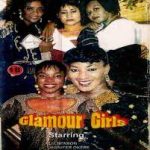

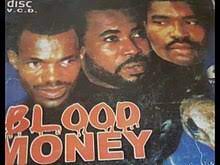
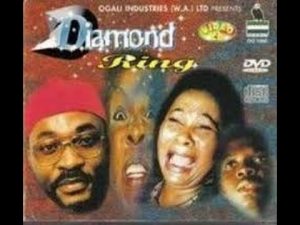
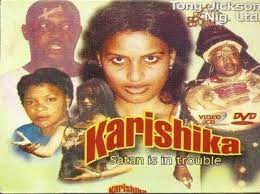
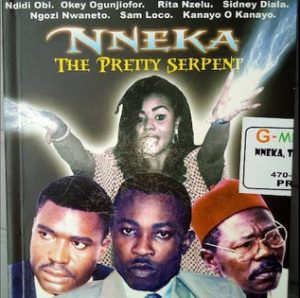
These movies came out in the famous black Cassettes then.This period saw the emergence of on-screen actors & legends like Pete Edochie, Richard Mofe-Damijo, Charles Okafor, Olu Jacobs, Saint Obi, Kanayo O. Kanayo, Zack Orji, Liz Benson,Joke Silva Jacobs, Kenneth Okonkwo, Segun Arinze, Sola Sobowale, Regina Askia,and many more. One peculiar attribute of all these actors was that they began to fuel our love for the movie screens. Need more to say that the era that followed the 2000s till this time has seen Nollywood grow in script writing, cinematography, video-quality and all-round production. This growth has been quite recognized in present day filming, while many thought classic Nollywood could do better in certain storylines then, however, a common amateurish feature in classic Nollywood were ‘lame action scenes’, for years viewers longed for some professionalism,but now, contemporary Nollywood has made that part history, movies like ‘King of boys’, ‘Omo ghetto: The Saga’ to mention a few have clearly shown Nollywood’s incredible growth in the area of blockbuster action!
It could also be fair to say that the legends of the 90s made the industry attractive, hence little wonder the industry was fueled with massive inflow of new actors and actresses in the early 2000s, actors like Desmond Elliot, Genevieve Nnaji, Omotola Jalade-Ekeinde, Ini Edo, Funke Akindele, Mercy Johnson, Rita Dominic, Yinka Quadri, Lanre Hassan(Ogogo) came to broad limelight, also were those with roles pertaining to comedy, such as Babatunde Omidina(Baba Suwe), Nkem Owoh(Osoufia), especially Chinedu Ikezie(Aki) and Osita Iheme(Pawpaw), all these actors and many more became prominent in the early 2000s period. This period saw these actors feature in back to back movie releases.
The period after the early 2000s saw a major shift in movie production from Cassette production to Video CDs, as Alaba and Idumota became the hub of Video CDs production. Many years much later,the emergence of Satellite TV would seemingly begin to displace the need of getting Video CDs as Nollywood began to focus more on patronizing Satellite TVs, reason not far-fetched, there wasn’t much money coming into the industry as it ought to due to piracy. Piracy became a virus that ate deep into Nollywood, and it was only a matter of time before it was dealt with. Now, present day Nollywood has mostly focused on Cinema release and Satellite TVs. This has brought in more money into the industry, as against the Cassettes and CDs, and with this rise in income & revenue ,many more productions have come out from the movie industry. According to the NFVCB(Nigeria Flim & Video Censors Board), 553 movies have been produced by Nollywood in the second quarter of 2022.
Also, according to data sources from insightful cinema, Nollywood’s box office revenue for Q1 2022 trumped that of 2021 by 50 percent earning over N1.26 billion at the box office, a staggering post-pandemic record when compared to N843 million for Q1 2021. It is definitely crystal clear that Nollywood has really become a force to reckon with. It brought little surprise when it attained the 2nd position in the hierarchy of movie production in the world, second only to Hollywood. Recent releases like King of Boys(2018), Omo Ghetto(2020), Living in Bondage:the sequel(2019),
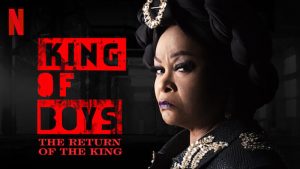


Wedding party(2016 & 2017), Chief Daddy(2018), Sugar Rush(2019) Merry men(2018 & 2019), Prophetess(2021), King of thieves(2022)
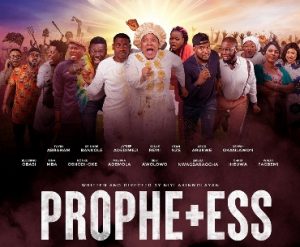

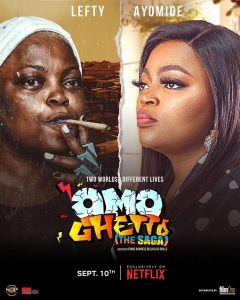
to mention but a few, have put Nollywood on the Global stage, with Omo Ghetto:the saga topping the list with the highest Domestic Gross of a whopping N626,129,120.
With recent improvements, there really is no telling how far Nollywood would go, as it keeps making giant strides from time to time.













